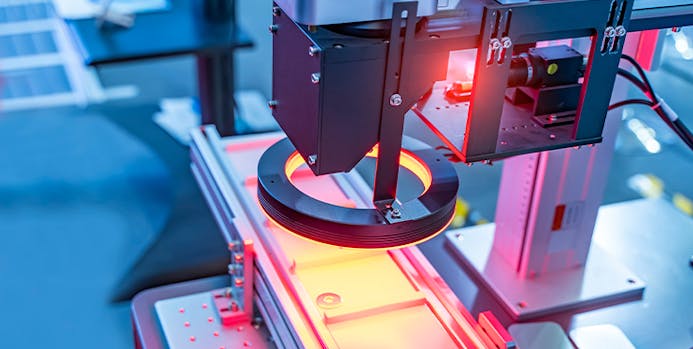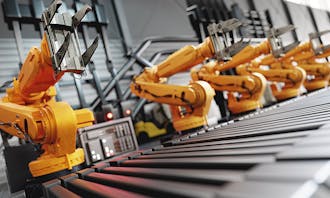How to turn unscheduled downtime into uptime
2022-05-30
3 min read
Unscheduled downtime and poor asset quality costs manufacturing and process industries an estimated $20 to $60 billion each year. While the phrase "if it isn't broke, don't fix it" is well recognised, it isn't necessarily great advice. Unfortunately, such reluctance to embrace new technologies, due in part to the upfront cost, has hindered progress in operations.
Equipment failures are inevitable, but they shouldn't cause serious downtime, eat into profits, or make manufacturers overspend their budgets. The manufacturing facilities of today are significantly more complicated than those of any time in history. They are made up of data networks, integrated hardware, and a variety of different types of automated systems. As a direct result of this, the majority of manufacturers do not have proper maintenance procedures in place.
In fact, according to data compiled by Infraspeak, 93% of businesses agree that their current maintenance processes are inefficient.
What is predictive maintenance?
Through the use of predictive maintenance, it is possible to anticipate each event in which hardware may fail. The systems identify when maintenance is required and alert maintenance staff, when necessary, as well as providing preventative solutions.
Anyone who operates within the manufacturing ecosystem will understand that failures and breakdowns happen day in, day out. The intention of predictive maintenance is not just to prevent or reduce the occurrence of these breakdowns. Rather, it is to help manufacturing plants achieve high-efficiency standards and deliver quality products in the process. A predictive maintenance program can reduce unexpected failure by up to 90 per cent, almost eliminating breakdowns.
The plant manager needs to collect as much data as possible as a means to successfully perform predictive manufacturing. Analysts can make more accurate breakdown predictions when they have more data available for evaluation. This is crucial when implementing any preventative maintenance strategy.

Sensing danger with smart sensor technology for predictive maintenance
The use of smart sensors would be a good first step for predictive maintenance. Smart sensors, coupled with machine learning in manufacturing algorithms, help to detect anomalies in industrial machines. For example, smart sensors collecting data in industrial IoT environments can keep track of temperature and identify worn components. This is for instances such as electrical circuits that are not functioning properly.
Likewise, specialist smart sensors can perform a vibration analysis on a particular component. Identifying any cases of misalignment, bent shafts or other motor problems. With this data, manufacturers are able to conduct an analysis of the important assets to determine various failure modes. Here, the focus is on the frequency of failures, severity of machine failure and the difficulty of identifying failure.
What is the benefit of Smart sensors?
Plant managers can notify maintenance teams of any problems with the machinery via alerts generated by condition monitoring devices. You must link these to a computerised maintenance management system, also known as a CMMS. This opens the possibility of planning preventative maintenance and replacing worn parts at the right times. Therefore, this removes the chance of a serious breakdown from occurring.
For instance, smart sensor technology can be included in a variety of low-level fluid power products. Take, for example, everything from connections, hoses, and tubing to pumps, motors, actuators, and filters. Here, some of the diagnostic data generated from control valves could be vital in a troubleshooting power issue.
Most modern devices come standard with a variety of distinct choices for performing data capture in real time. However, there is also the option to adapt legacy equipment with relatively inexpensive add-on sensors.
Reduce your unscheduled downtime
The use of predictive maintenance can be an extremely valuable tool. It is particularly useful when dealing with ageing assets. When it comes to these assets, you need to plan significantly to locate obsolete spare parts for your machinery. For you to accomplish this, you should have a supplier who is dependable and trustworthy.
While some extent of equipment failure is inevitable, it should not cause unscheduled downtime and poor asset quality. This results in annual losses of billions of dollars for the manufacturing and processing industries. A fully-fledged and effective predictive maintenance plan will help to prevent and reduce downtime significantly. At the same time, it will boost a plant's profitability through increased uptime.



